It’s tough for soil to get any respect. To most people, it’s just dirt. But the truth is, soil is a miracle, a universe unto itself right under our feet. It may seem weird at first, but the soil is essentially a living thing, teeming with bacterial life (mostly in a good way) and tiny critters that enable plants to thrive in a wide variety of conditions and environments.
However, if you remove all the good stuff, all the organic things, all the nutrients and moisture that nourish our plants, then you really are left with just dirt. A finely ground layer of pulverized stone and clay devoid of the biology that gives it life and value. That’s why, as Fine Gardeners, we need to be conscious of and concerned about soil health in each and every one of our landscapes.
So what is soil health? According to the UMass Amherst Center for Agriculture, Food, and the Environment, soil health is “defined as the capacity of a soil to sustain plant and animal productivity, maintain or enhance water and air quality, and support human health and habitation over a human time scale. In more specific terms, a healthy soil must have: good tilth (the general condition of soil; including preparation) and drainage; sufficient depth for crop growth; sufficient exchangeable nutrient supply (not excessive or prone to leaching); small populations of weeds, insect pests or plant pathogens; a large population of beneficial organisms; no toxins; and resilience to adverse conditions.”
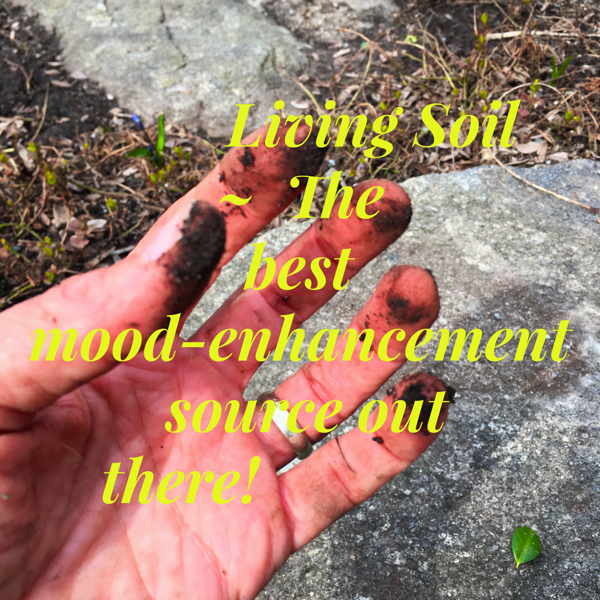
The Natural Resources Conservation Service (NRCS) has a lot to say about soil health because they understand that as a living system it is critical to sustaining all life on this planet. As humans, we must all support healthy soils that exhibit resistance to degradation and the ability to recover quickly from adverse events such as flooding, drought, hurricanes, and other negative impacts.
Only living things can be classified as healthy or unhealthy and soil fits that definition because it is filled with living breathing beings. Knowing this makes it easier for us to understand why treating it with respect guides us towards making the wisest choices that support the important work it has evolved to do for our planet.
The three processes that affect soil health
As Fine Gardeners, we know that good soil is surprisingly complex, the result of interactions between materials, conditions, and processes. In fact, there are three fundamental processes that impact soil health in a big way:
- Chemical: This process provides essential macro- and micro-nutrients for plants; their availability to plants is based on the soil’s pH level, which must be optimized for the specific plants you’re trying to grow.
- Physical: These are the dynamic characteristics of the soil, including its structure and composition, drainage capabilities, and degree of compaction, which affects the ability of roots to grow and spread.
- Biological: As you might guess, this is the cycle of life within the soil – most biological processes and activity occurs near the surface of the soil where all the organic material resides.
All of this sort of gives you a new appreciation for something most people ignore, right? Healthy soil is one of our greatest assets and should be nurtured as much as the plants we put into it. Much of what we do to our soil comes from a lack of understanding more than any malice.
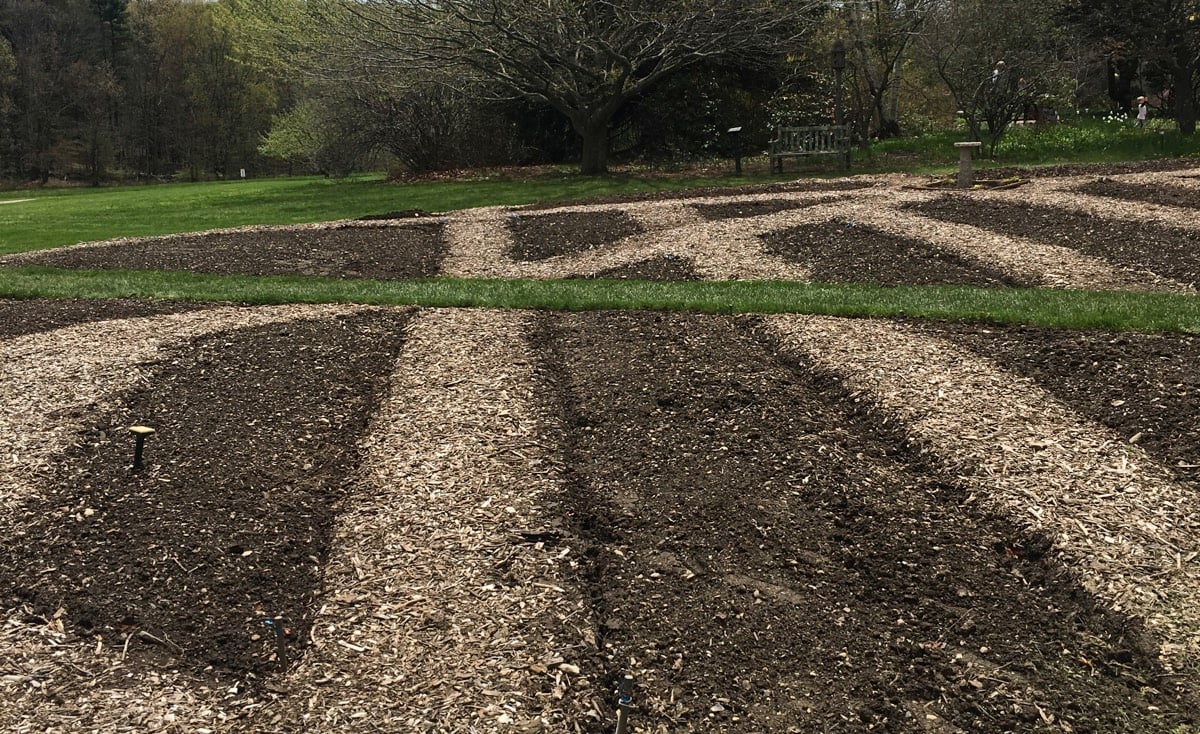
Garden Soil Prep at Tower Hill Botanic Gardens in Boylston Mass.
Compaction and toxification are two of the biggest dangers today, so if you’re concerned about your soil health (and you should be), here are some things to consider:
Soil testing One way to determine what minerals are lacking or abundant in your soil is to get it tested. Local Cooperative Extension Services often offer low-cost soil tests. Basic tests typically measure levels of soil pH, magnesium, phosphorus, calcium, potassium, and sometimes nitrogen. They may also report the soil’s micronutrient content, but this isn’t essential to gardeners who add plenty of organic matter to their soil. You can also identify toxicity through testing if you fear lead content in what may be a future veggie garden.
Soil texture and type In addition to uncovering your soil’s pH, macronutrient content and mineral levels you’ll want to examine its texture. Soil texture depends on the amounts of sand, silt, and clay it contains.
Sand constitutes the biggest particles and feels gritty to the touch. Next, in size are the silt particles which are slippery when wet and powdery when dry. The smallest pieces are clay. They are flat and tend to stack together like plates or sheets of paper. You don’t need an expert to determine soil texture. Just pick up a little and rub it between your fingers. If the soil feels gritty, it is considered sandy. If the soil feels smooth like talcum powder, it’s silty. If the soil feels harsh when dry and slippery and sticky when wet, the soil is heavy clay. Most soils will fall somewhere in between.
Sandy soils tend to be nutrient-poor since water and nutrients rapidly drain through the large spaces between the particles of sand. These soils also tend to be low in beneficial microbes and organic matter that plants thrive on.
Silty soils are dense and do not drain well. They are more fertile than either sandy or clay soils.
Heavy clay soils are dense, do not drain well, and tend to be hard and crack when dry. Because there isn’t much space between the clay particles, there usually isn’t much organic matter or microbial life in the soil. Plant roots have a hard time growing in this stuff.
When the soil in your landscape is overly wet and then worked over too much it can be severely damaged. Heavy equipment can compact and severely damage even the healthiest soils.
Air and water Just like all living things, soil needs air and water. Air in the soil holds atmospheric nitrogen that can be converted into a usable form for plants. Soil oxygen is also crucial to the survival of soil organisms that benefit plants. Good soil provides just the right space between its particles to hold air that plants will use. Adding organic matter, especially compost will help balance the air supply.

TWEETABLE TIP
Soil is filled with living breathing beings. Knowing this makes it easier to understand why treating it with respect allows us to make wise choices that support the important work it has evolved to do for our planet.
VIA @GardenContinuum

In soils with too much pore space (sandy soils), water drains quickly and cannot be used by plants. In dense, silt or clay soils, the soil gets waterlogged as all the pore space is filled with water. This will suffocate plant roots and soil organisms. The best soils have a blend of small and large pore spaces. Adding organic matter is the best way to improve the structure of your soil and organic matter holds water so that plants can use it when they need it.
When we interact with any landscape, we notice the plants first because they are what jump out to our eyes. If they are vibrant and colorful, all the better! In the Fine Gardening profession, we know that good soil health – just like our own health – is a balancing act. You don’t want too much of one thing and not enough of another. Too much food or too much water is not healthy. We take the time to test and analyze soil and then take actions that will support soil structure and feed the soil biology. We know that the plants will thrive if we do this work because it is the soil that in turn, will support and feed the plant. If you’d like to learn more about soil health and what you can do to help you sustain yours, contact us here at The Garden Continuum to discuss organic soil-building strategies.
Learn more about Fine Gardening by downloading the eBook titled "The Fine Gardeners Guide to a Beautiful and Luxurious Landscape" today.

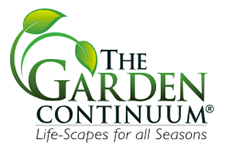
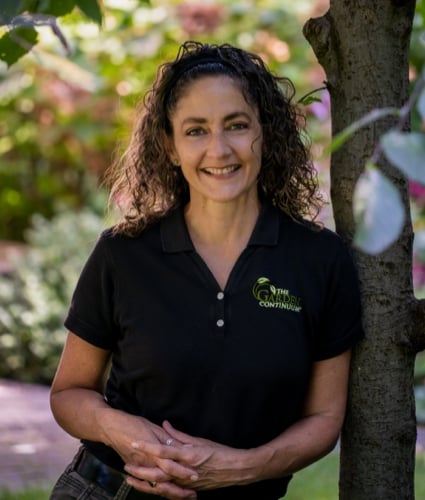
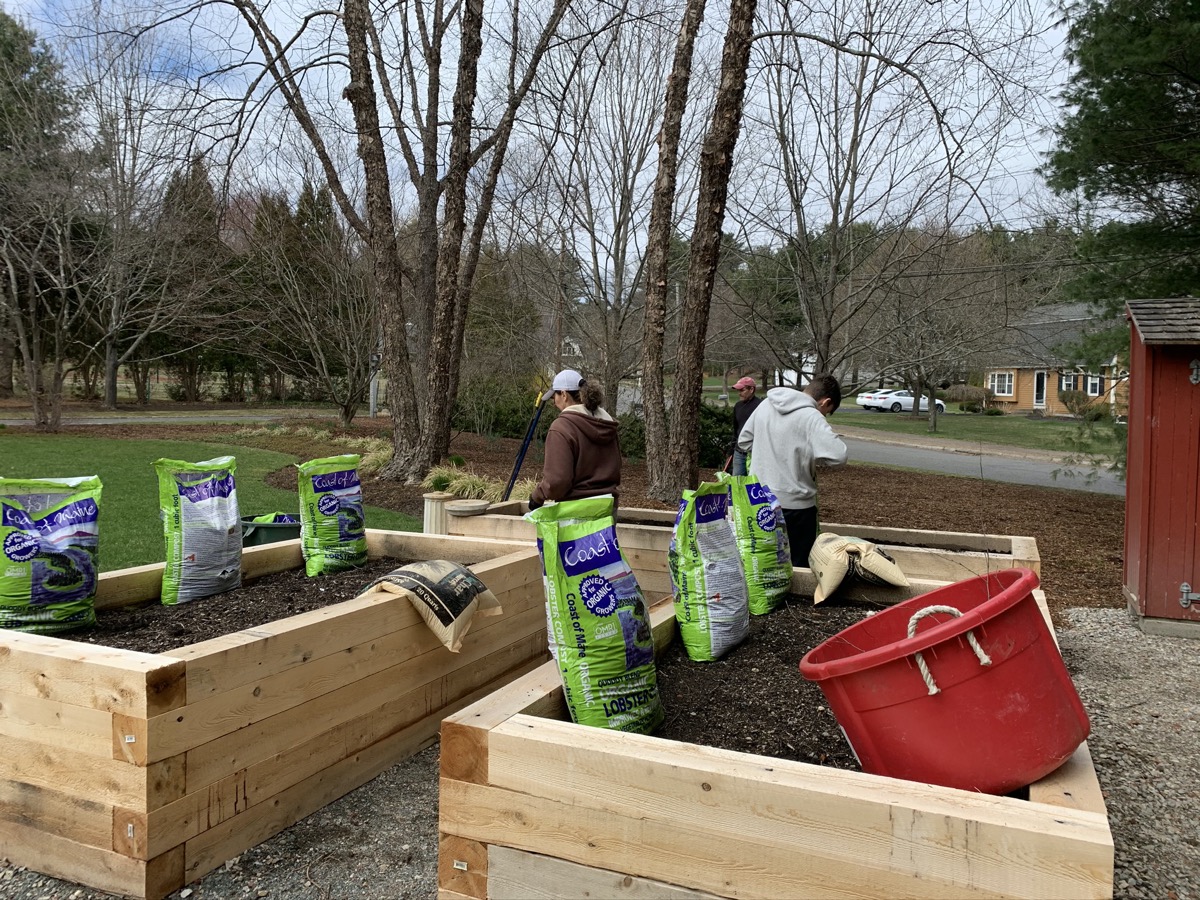





Leave a comment